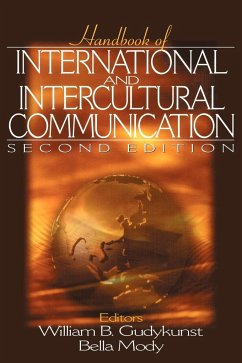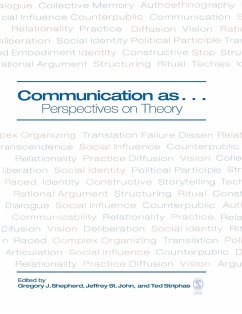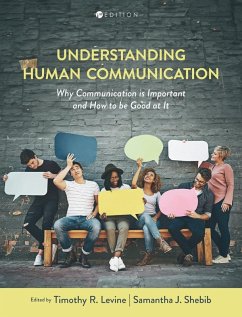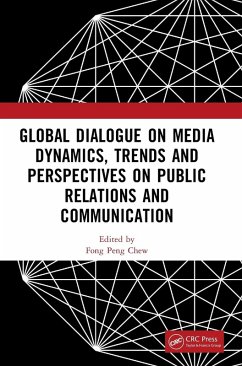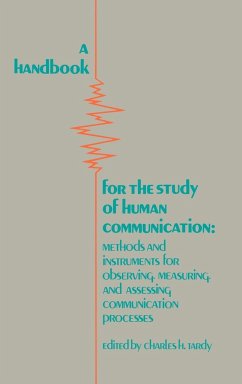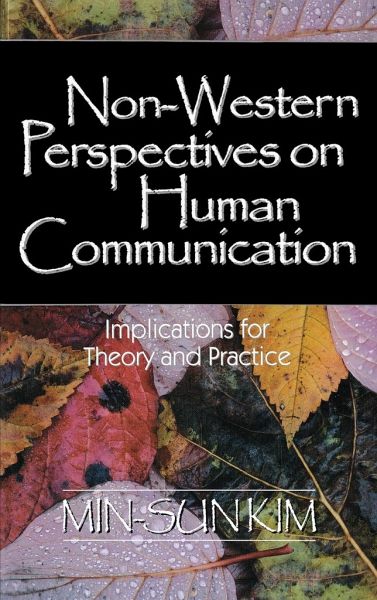
Non-Western Perspectives on Human Communication
Implications for Theory and Practice

PAYBACK Punkte
88 °P sammeln!
This book challenges the longstanding individualistic model on which most western intercultural research is based. It proposes a non-western way of conceptualizing identity - the cornerstone of cultural research - and shows how traditional western and non-western views can be blended into a broader, more realistic understanding of cultures and communication. Grounding her work in a thorough knowledge of the literature, the author challenges students and researchers alike to reexamine their approach to intercultural study.





